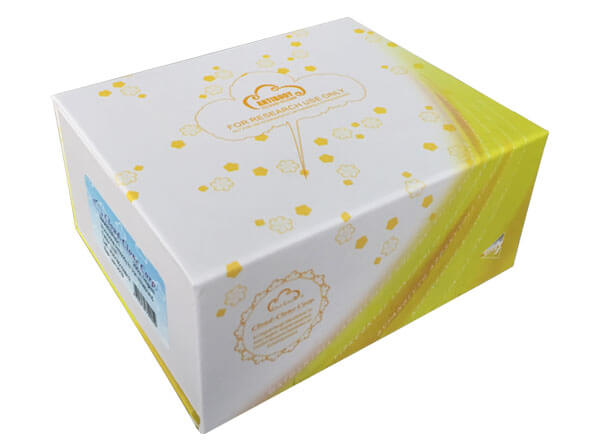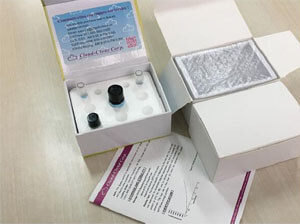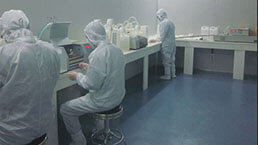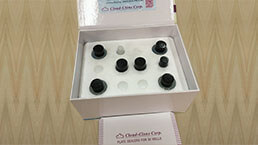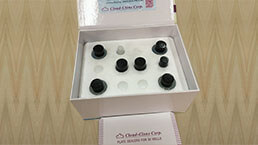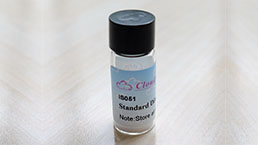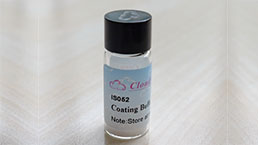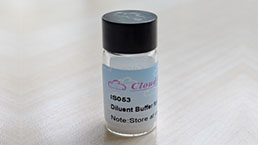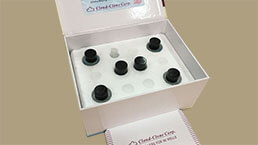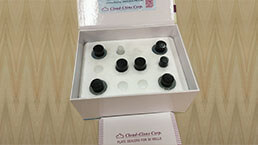ELISA Kit DIY Materials for 5-Hydroxyindoleacetic Acid (5-HIAA) 

5HIAA
- UOM
- FOB US$ 1,454.00 US$ 2,424.00 US$ 4,363.00 US$ 8,484.00 US$ 14,544.00
- Quantity
Overview
Properties
- Product No.KSB005Ge11
- Organism SpeciesPan-species (General) Same name, Different species.
- ApplicationsMain materials for "Do It (ELISA Kit) Yourself".
Research use only - Downloadn/a
- CategoryMetabolic pathwayTumor immunityEndocrinology
- Reagent Contents Capture Antibody, Biotin-labeled Competitor, Standard, Streptavidin-HRP, TMB Substrate, 96-well Plate
- Detectable SampleSerum, plasma, urine, cerebrospinal fluid and other biological fluids.
- Applicable PrincipleCompetitive Inhibition ELISA for Antigen Detection
- Detectable Range4.94-400ng/mL
- Applicable Sensitivity1.93ng/mL
Sign into your account
Share a new citation as an author
Upload your experimental result
Review

Contact us
Please fill in the blank.
Specifity
The Abs in the kit have high sensitivity and excellent specificity for detection of 5-Hydroxyindoleacetic Acid (5-HIAA). No significant cross-reactivity or interference between 5-Hydroxyindoleacetic Acid (5-HIAA) and analogues was observed.
Usage
1. Coat the plates with 100μL per well of working solution of Capture Antibody.incubate overnight at 4°C or incubate at 37°C for 2 hours.
2. Aspirate and wash 1 time.
3. Block the plates with 200 μL per well of working solution of Blocking Buffer. Incubate at 37°C for 1.5 hours.
4. Aspirate and wash 1 time. The plates are now ready for sample detection, the protocol is the same as regular ELISA.
Storage
Antibodies, Standard and Streptavidin-HRP should be stored at -20°C. TMB should be stored at 4°C. 96-well Plate could be stored at room temperature. The contents are valid for twelve months. They are stable for one month after opening when stored at 4°C.
Support pack
Giveaways
Increment services
Citations
- Catha edulis chewing effects on treatment of paranoid schizophrenic patientsPubMed: 25926735
- Stress hormonal changes in the brain and plasma after acute noise exposure in mice.pubmed:27496010
- MEETING ABSTRACTS Open Access
- 4-Hydroxyphenyllactic Acid in Cerebrospinal Fluid as a Possible Marker of Post-Neurosurgical Meningitis: Retrospective StudyPubmed:35330399



